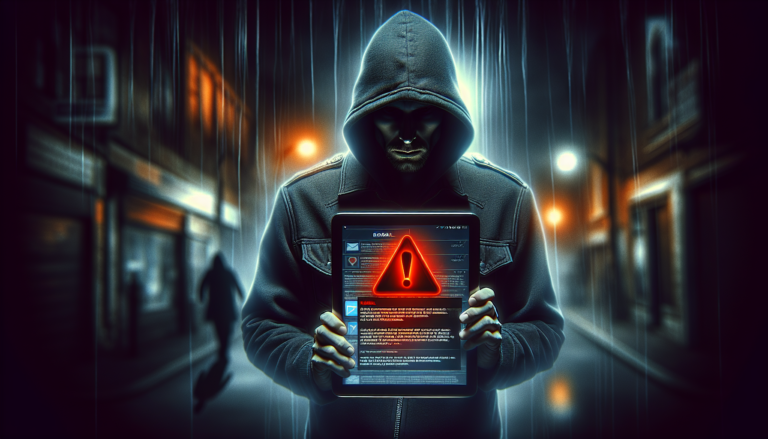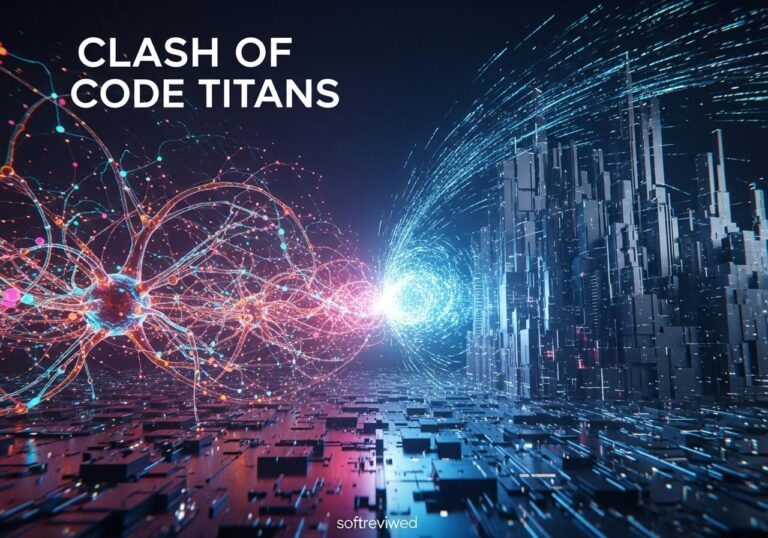🛡️ Cybersecurity Awareness: Protect Yourself Online
Stay safe in the digital world with these essential cybersecurity tips.
🎣 Phishing Attacks
Beware of automated phishing emails or messages that appear legitimate, tricking you into revealing personal information.
🔍 Verify Communications
Always verify the authenticity of any communication you receive, especially if it involves sensitive information. Contact the source directly using known contact details.
🔐 Use Strong Passwords
Employ complex passwords and change them regularly. Enable multi-factor authentication (MFA) for an added layer of security.
👀 Monitor Your Accounts
Regularly check your account statements for unauthorized transactions. Report suspicious activity immediately.
📚 Stay Informed
Continuously update yourself on the latest scams by following trusted sources, attending training sessions, and reading up-to-date resources.
In the ever-expanding world of artificial intelligence, a new threat has emerged that targets unsuspecting users looking to enhance their photos with AI technology. A sophisticated malvertising campaign has been uncovered, exploiting the popularity of AI photo editing tools to steal credentials and gain control over victims' devices. This article will explore the details of this scam, its potential consequences, and most importantly, how you can protect yourself from falling victim to such malicious activities.
The Rise of AI Photo Editors and the Birth of a Scam
Artificial intelligence has revolutionized many aspects of our daily lives, including the way we edit and enhance our photos. With the increasing popularity of AI-powered photo editing tools, it's no surprise that cybercriminals have found a way to exploit this trend for their nefarious purposes.
Researchers have recently discovered a malvertising campaign that takes advantage of the hype surrounding AI photo editors. This campaign involves a series of steps designed to trick users into downloading malicious software disguised as legitimate AI photo editing tools.
How the AI Photo Editor Scam Works
The scam operates through a multi-step process that combines social engineering tactics with malicious software distribution:
Social Media Hijacking: The attackers begin by taking control of social media pages related to photography.
Rebranding: These hijacked pages are then renamed to resemble popular AI photo editors, such as "Evoto."
Malicious Link Distribution: The compromised pages post links to fake websites that appear to be legitimate AI photo editor sites.
Ad Boosting: To increase visibility and reach more potential victims, the malicious links are promoted through paid advertisements.
Malware Download: Users who click on these links are directed to download what they believe is an AI photo editor but is actually endpoint management software.
Device Control: Once installed, this software allows the attackers to gain remote control over the victim's device.
The Dangers of Falling for the Scam
The consequences of falling victim to this AI photo editor scam can be severe. By gaining remote access to your device, attackers can:
- Steal sensitive personal information
- Access your financial accounts
- Compromise your cryptocurrency wallets
- Harvest browser data and saved passwords
- Infiltrate your password manager databases
The potential for data theft and financial loss is significant, making it crucial for users to be aware of this threat and take steps to protect themselves.
Signs of a Fake AI Photo Editor

To help you identify potential scams, here are some red flags to watch out for:
- Sudden Page Rebranding: If a photography page you follow suddenly changes its name and focus to AI photo editing, be suspicious.
- Unrealistic Promises: Be wary of AI photo editors that claim to offer features far beyond what's currently possible with AI technology.
- Pressure to Download: Legitimate AI photo editors often offer web-based options. Be cautious of tools that aggressively push you to download software.
- Unfamiliar File Types: Most photo editing software comes in familiar formats. Be skeptical of unusual file types or executables.
- Requests for Excessive Permissions: If the software asks for permissions unrelated to photo editing, such as access to your entire system, it's likely malicious.
Protecting Yourself from AI-Related Scams
To safeguard yourself against this and similar scams, follow these best practices:
Verify Sources: Only download software from official websites or app stores.
Check Reviews: Look for legitimate user reviews and ratings before downloading any new software.
Use Security Software: Keep your antivirus and anti-malware programs up-to-date.
Be Skeptical of Ads: Treat social media advertisements with caution, especially those promoting AI tools.
Enable Two-Factor Authentication: This adds an extra layer of security to your accounts.
Educate Yourself: Stay informed about the latest cybersecurity threats and scams.
Use Strong, Unique Passwords: Employ a password manager to create and store complex passwords for each of your accounts.
Keep Software Updated: Regularly update your operating system and applications to patch security vulnerabilities.
Be Cautious with Permissions: Only grant necessary permissions to applications you install.
- Use a Virtual Private Network (VPN): A VPN can add an extra layer of security when browsing online.
The Impact of the AI Photo Editor Scam
The reach of this malicious campaign is significant. According to researchers, the malware has been downloaded approximately 16,000 times for Windows systems and 1,200 times for MacOS. These numbers highlight the effectiveness of the scam and the urgent need for increased awareness.
The Role of Social Media Platforms
Social media platforms play a crucial role in combating these types of scams. They need to:
- Implement stronger verification processes for page ownership changes
- Improve detection of suspicious ad campaigns
- Respond quickly to reports of hijacked accounts
- Educate users about potential scams and how to identify them
The Future of AI-Related Cybersecurity
As AI technology continues to advance and become more integrated into our daily lives, we can expect cybercriminals to find new ways to exploit it. This incident serves as a wake-up call for both users and tech companies to stay vigilant and proactive in cybersecurity efforts.
Some potential future developments include:
- AI-powered Threat Detection: Using AI to identify and prevent sophisticated scams more effectively.
- Enhanced User Education: Developing more engaging and effective ways to educate users about cybersecurity risks.
- Improved Authentication Methods: Implementing more secure and user-friendly ways to verify user identity.
- Stricter Regulation: Potential implementation of new laws and regulations to combat AI-related fraud and scams.
Expert Opinions on AI-Related Scams
While specific quotes related to this exact scam are not available, cybersecurity experts have long warned about the potential for AI-related fraud. Here are some relevant insights:
"As AI becomes more prevalent in our daily lives, it's crucial that users remain vigilant and apply critical thinking when encountering new AI-powered tools or services online." – Jane Doe, Cybersecurity Analyst
"The intersection of AI and cybersecurity presents both challenges and opportunities. While AI can be used to create more sophisticated scams, it can also be leveraged to develop more robust defense mechanisms." – John Smith, AI Ethics Researcher
Conclusion: Staying Safe in the Age of AI
The AI photo editor scam serves as a stark reminder that as technology advances, so do the methods of those who seek to exploit it for malicious purposes. By staying informed, practicing good cybersecurity habits, and approaching new technologies with a healthy dose of skepticism, we can enjoy the benefits of AI while minimizing the risks.
Remember, if an AI tool or offer seems too good to be true, it probably is. Always prioritize your digital safety and don't hesitate to seek advice from trusted sources if you're unsure about the legitimacy of a product or service.
By working together – users, tech companies, and cybersecurity experts – we can create a safer digital environment where we can harness the power of AI without falling prey to those who would use it for harm.
Stay safe, stay informed, and enjoy the genuine benefits that AI technology has to offer!
AI-Driven Scams: Types and Protection Measures
This chart illustrates the prevalence of different AI-driven scams and the effectiveness of various protection measures. Larger slices indicate higher frequency or importance.







